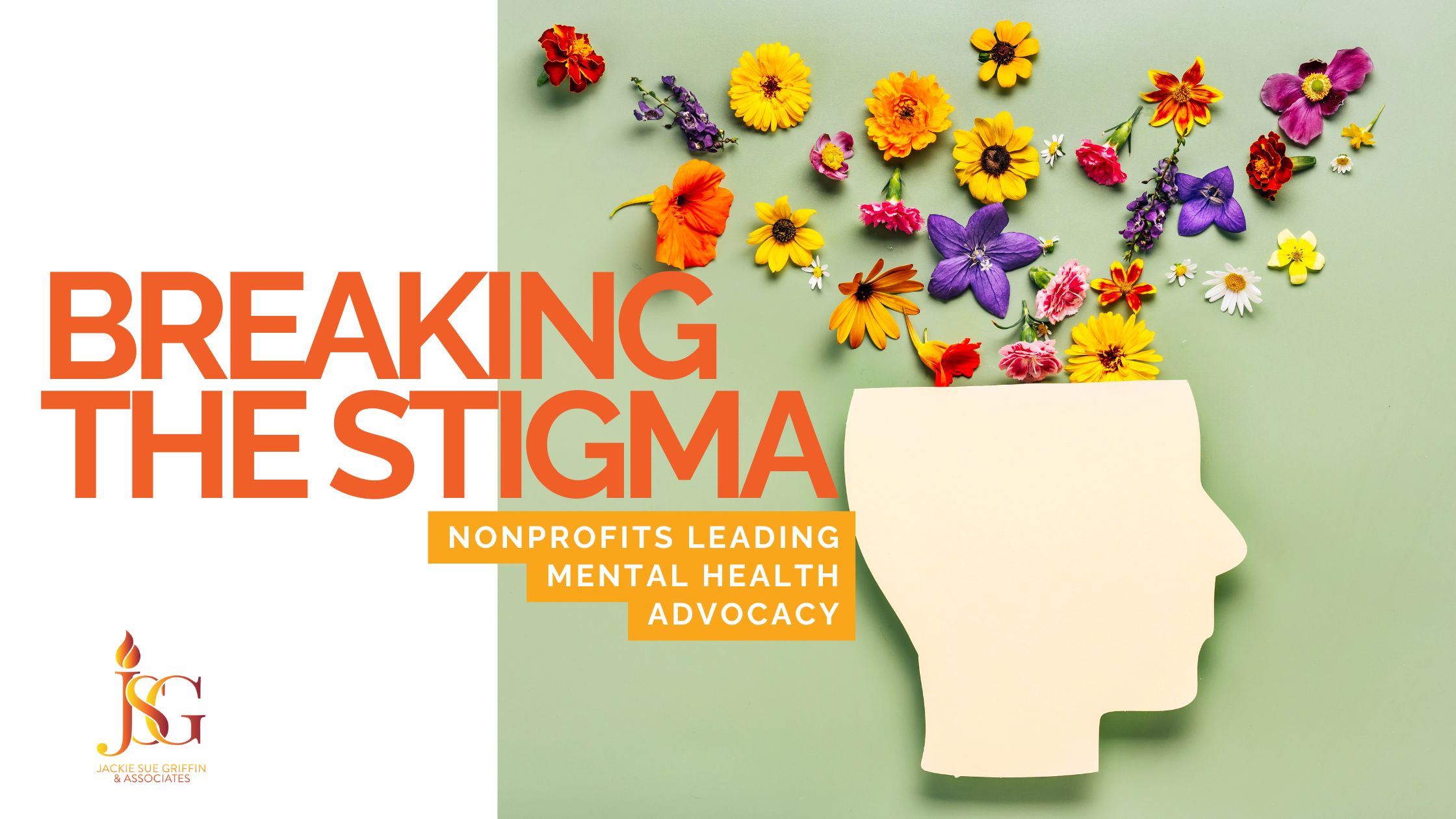
05 May Breaking the Stigma: Nonprofits Leading Mental Health Advocacy
Did you know that one in five Americans experiences mental illness each year? Yet somehow, the conversation around these conditions remains stifled by persistent stigma. Consider this reality: in communities across the nation, mental health struggles often remain hidden in shadows of silence and misunderstanding.
For nonprofit organizations like yours, this represents both a challenge and an opportunity to create meaningful change.
Why Nonprofits Are Perfectly Positioned
What makes nonprofits so effective in this space? You’re uniquely positioned to break down these barriers through targeted advocacy, education, and support services. By centering lived experiences and building community partnerships, your organizations are transforming how society understands and responds to mental health needs.
Creating Safe Spaces for Authentic Conversations
Let’s talk about where it all begins: giving people permission to speak openly about their experiences.
The most effective mental health advocacy starts here, doesn’t it? Nonprofits excel at creating environments where vulnerability becomes strength rather than weakness. Through peer support groups, community forums, and storytelling initiatives, you help normalize discussions about mental wellness.
These spaces serve multiple purposes simultaneously. They provide immediate support for individuals navigating challenges while educating the broader public about mental health realities. They demonstrate that recovery and management are possible with proper resources. When someone shares their journey with anxiety, depression, or bipolar disorder in a supported environment, it chips away at those stereotypes that fuel discrimination.
You might already be thinking about this: community-based organizations can leverage their existing relationships to reach people where they already gather, whether in schools, places of worship, or neighborhood centers. This approach meets people in familiar settings rather than requiring them to seek out specialized services, lowering barriers to engagement.
Building Bridges Between Systems
You’ve probably noticed how fragmented our support systems can be. Mental health advocacy requires working across traditionally siloed systems including healthcare, education, criminal justice, and social services.
Here’s where you come in. Nonprofits often serve as that connective tissue between these different sectors, creating pathways for collaboration that wouldn’t otherwise exist.
The most successful organizations recognize that meaningful advocacy happens at multiple levels simultaneously. While providing direct services addresses immediate needs, systemic change requires policy engagement and institutional partnerships. By documenting challenges faced by your communities and tracking outcomes from programs, you generate valuable data that can inform broader policy decisions.
Your organization also plays a crucial role in training professionals across sectors to recognize and respond appropriately to mental health concerns. From teaching educators about trauma-informed classroom practices to training police officers in crisis intervention, you’re helping build mental health awareness into existing systems.
Moving from Awareness to Action
We’ve all seen those awareness campaigns, haven’t we? While increased mental health awareness represents progress, advocacy must ultimately lead to concrete improvements in services, policies, and community support. Effective nonprofits move beyond awareness campaigns to mobilize communities toward specific goals.
What might this look like in practice? It could include advocating for increased funding for mental health services, supporting legislation that protects rights of people with mental illness, or working to integrate mental health screening into primary healthcare settings. By giving community members clear pathways to action, you transform concerned individuals into engaged advocates.
Strategic advocacy requires both passion and precision. Organizations that clearly identify specific, achievable goals and build coalitions around these objectives create momentum that sustains their work beyond awareness months or one-time events.
Building Your Advocacy Strategy
Wondering where to start? For nonprofits looking to strengthen their mental health advocacy work, begin by listening deeply to the communities you serve. Understanding their specific needs, barriers, and strengths provides foundation for authentic advocacy that resonates at the local level.
Consider forming a dedicated advocacy committee that includes board members, staff, volunteers, and most importantly, people with lived experience of mental health challenges. Their perspectives ensure your work remains grounded in real needs rather than assumptions.
Remember that breaking stigma begins within your own organization. How are you supporting mental wellness internally? By implementing workplace policies that support mental wellness and speaking openly about these issues, you model the change you hope to create in broader society.

No Comments